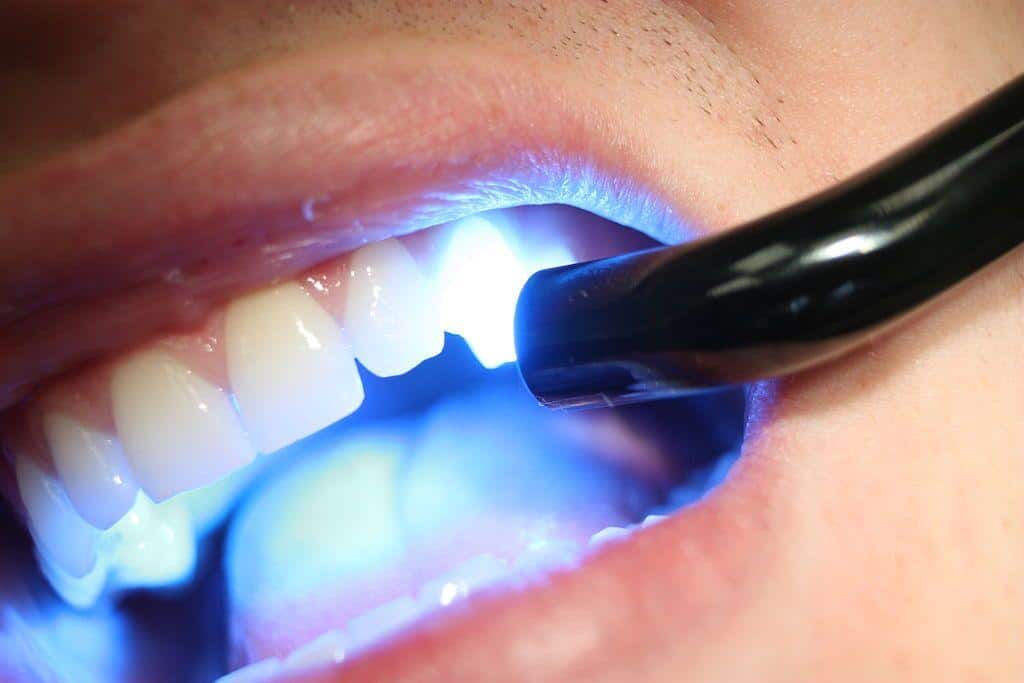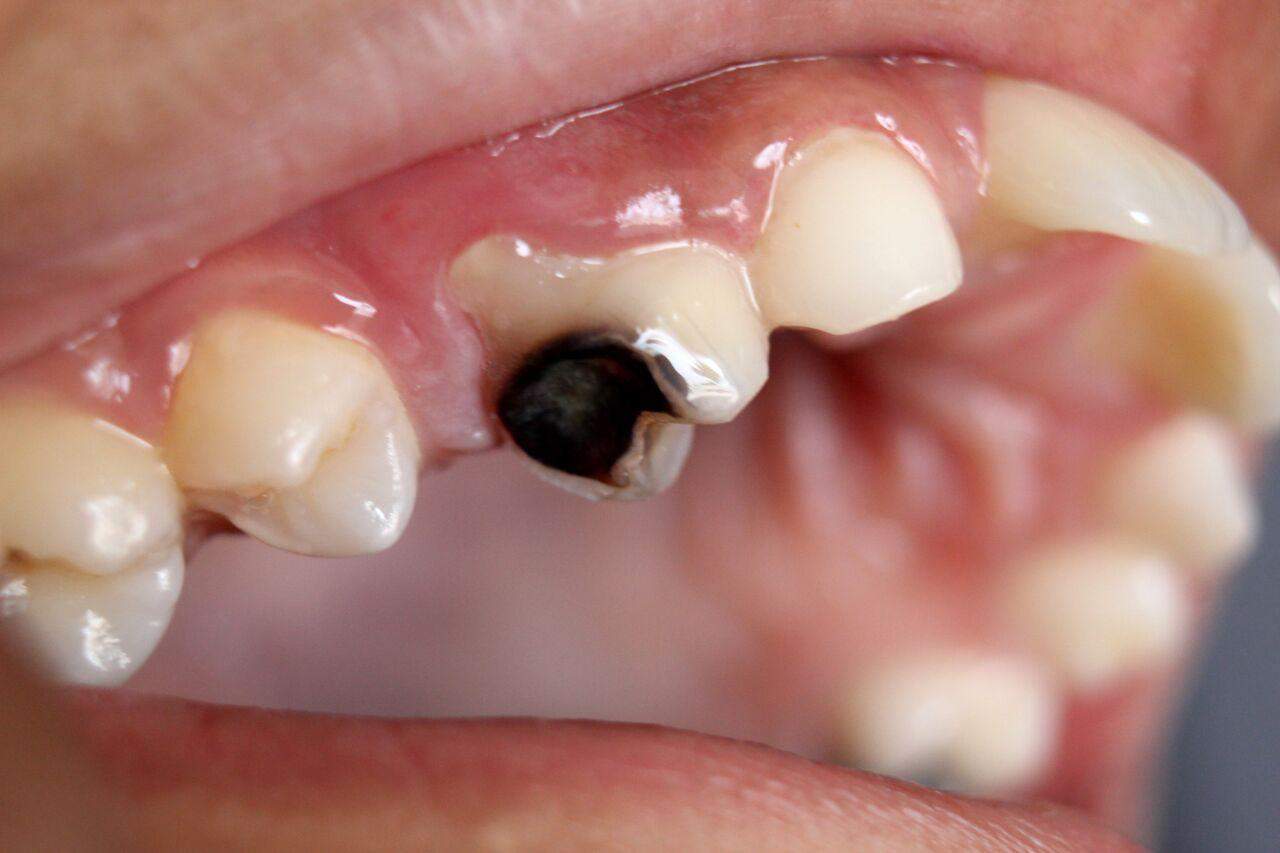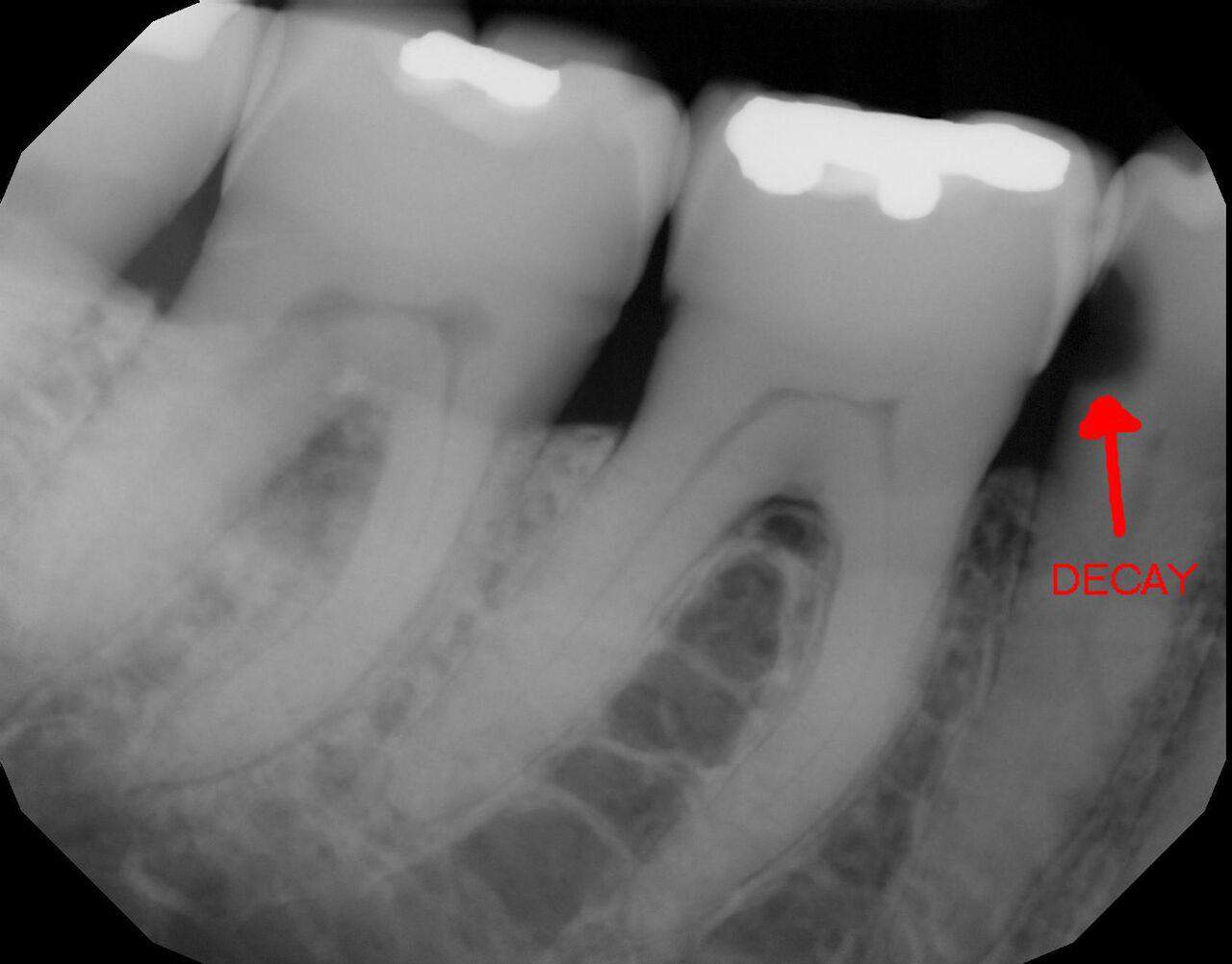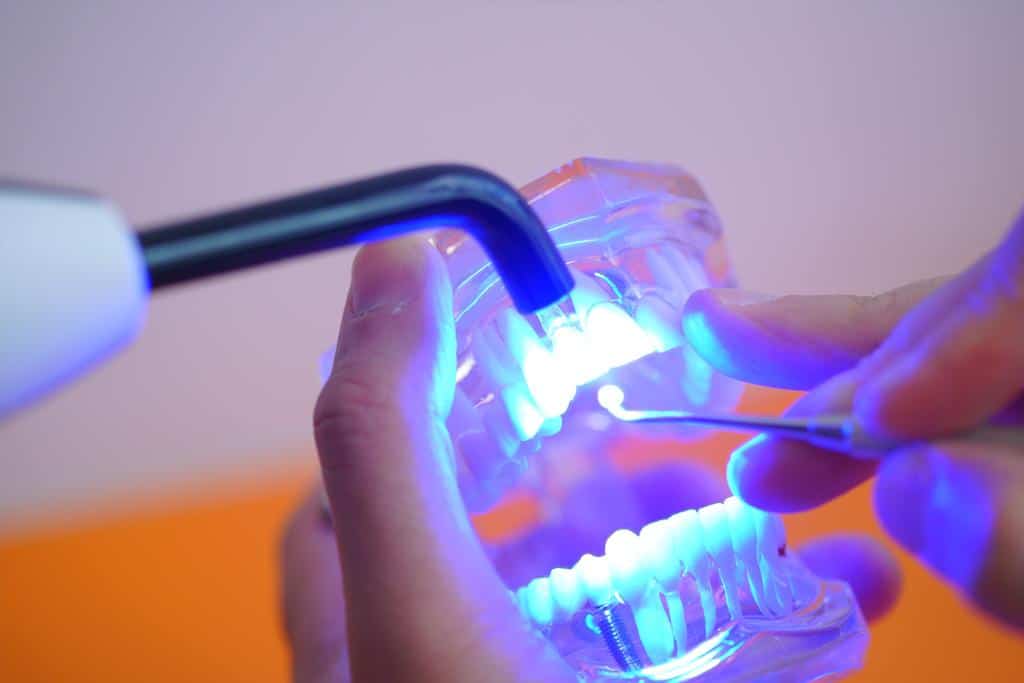What are dental fillings?
Fillings are used to repair decayed teeth. Bacteria living on the surfaces of the teeth digest sugary/starchy food residue making cavities in the process.

How do I know when I need a filling?
A decayed tooth may have a dark brown or black area visible externally. Also, the decay process may have hollowed out the tooth causing it to cave in or break off partially.

When the decay is still in the early stages, the tooth may look normal with no signs or symptoms at all! Dental x-rays help your dentist to see early decay that is unseen by the naked eye. Decay in between the teeth, underneath the gum, under old fillings or crowns can be uncovered by x-rays. Fillings are generally successful when done at this early stage. Certain very early stages of decay may only require monitoring and preventive treatment (fluoride varnish, fissure sealants).

On the other hand, if the decay is deep and aggressive, and has begun to infect the nerve (pulp) of the tooth, you may start to experience a toothache. This cannot be resolved with only a filling. A root canal treatment or an extraction with a tooth replacement with a dental implant is required at this stage.
What are dental fillings made of?
- Mercury Amalgam
- Composite resin (tooth-coloured plastic)
- Porcelain
- Cast Metal or Gold

Composite fillings perform well in small to medium-sized cavities.
Porcelain and cast metal/gold are better for filling large cavities and for reinforcing cusps in root canal-treated teeth. Gold is also the strongest yet least-abrasive filling material with the longest track record of success.
Elite Dental is a mercury-free practice and we do not offer amalgam as a material option.
How is a composite resin filling done?
Step 1: Removing the decay
First, your tooth and the surrounding tissues will be numbed with local anaesthetic. Decay and any old and defective filling material is then removed from your tooth.
Step 2: Adhesive application
The fresh cavity is roughened with a chemical etchant. The etched surface is painted with an adhesive that will bond the filling material to your tooth and protect the cavity surface. The adhesive layer is set with a special light.
Step 3: Filling the cavity
Composite material is then placed incrementally, layer by layer, into the cavity and carefully adapted to the cavity walls. The composite is then hardened with a light. Finally, your bite is checked and the filling is polished.
[su_button url="other_services" style="default" background="#003853;" size="6" wide="yes" center="yes" radius="0"]TO SERVICES[/su_button]





